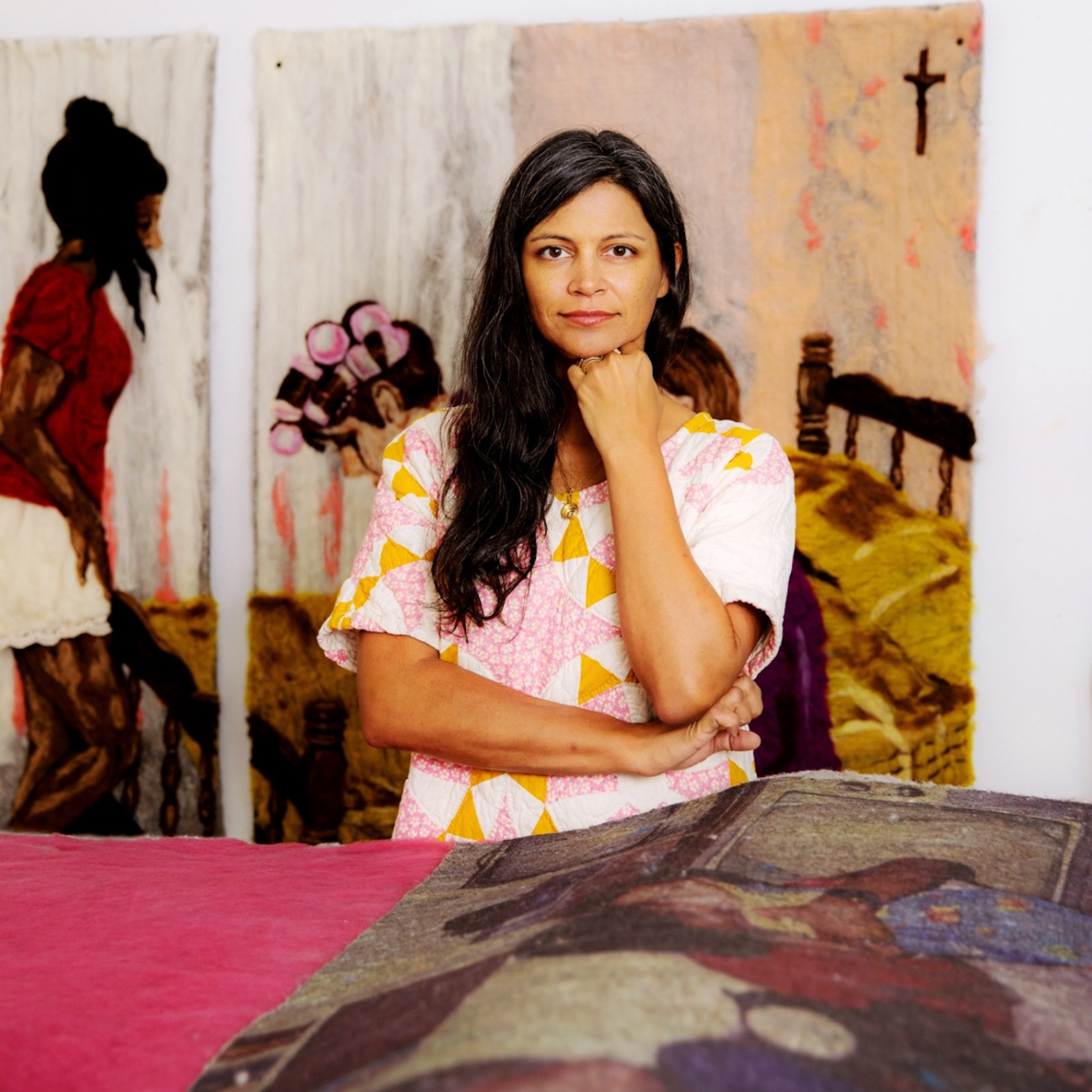
For New York-based artist Melissa Joseph, everything changed when she discovered how much she could do with a bag of wool and a felting needle. “It never stops giving answers and creating new questions,” she says of needle felting, a process often used in craft but rarely given space in the fine art world.
Trained as a textile designer and a painter, Joseph creates felted tableaux, usually drawn from her childhood growing up in a blended Indian-American household in rural Pennsylvania, that evoke the blurriness and warmth of memories. In her new solo exhibition “Irish Exit” at Margot Samel gallery, Joseph explores how quiet moments are defined by both the people and furniture that surround us. We spoke in the weeks leading up to the opening.
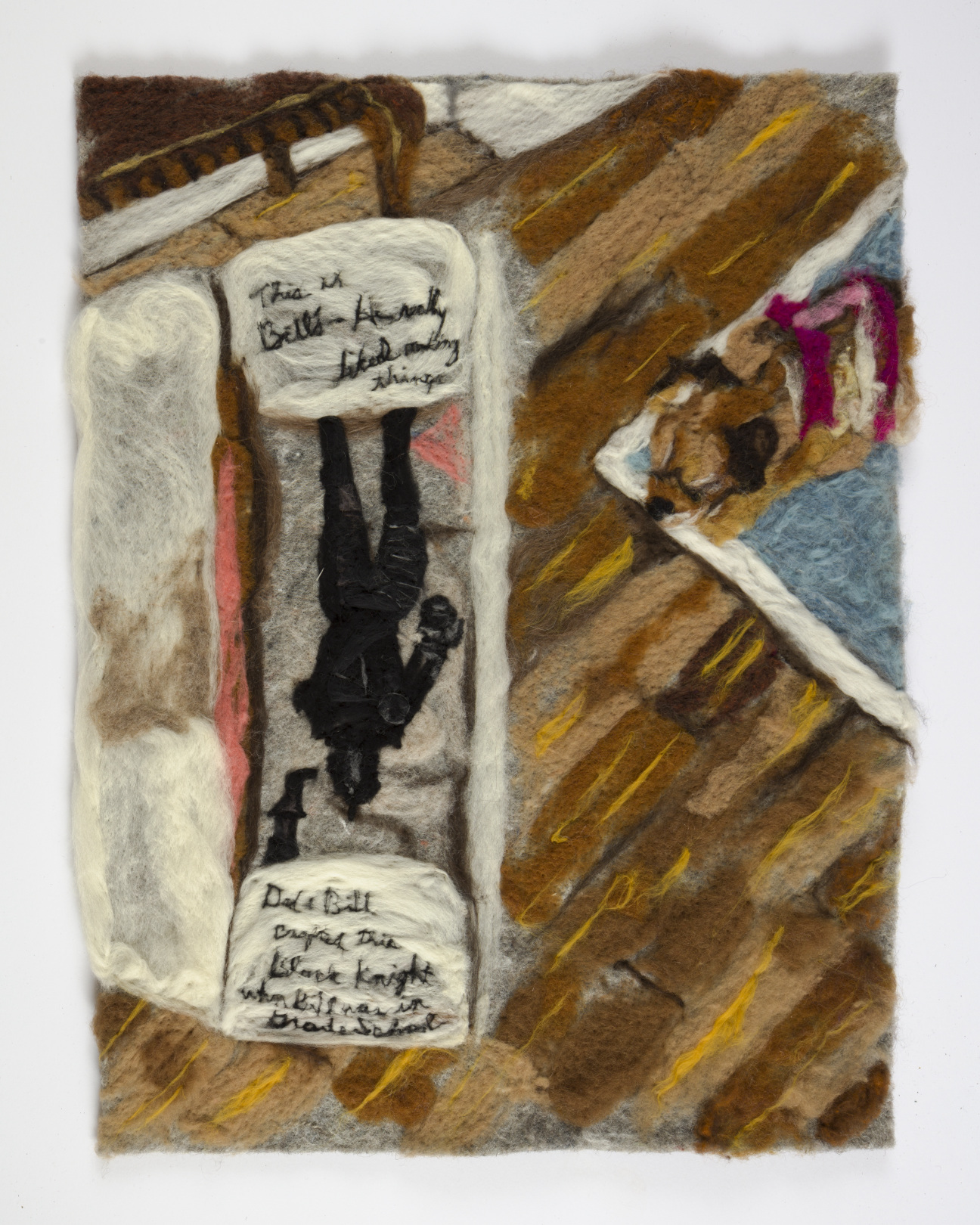
Take us back to the beginning. What are your earliest memories of creating?
Besides scribbling, my earliest memories of creating were as a small child foraging through my mom’s craft materials in the basement. I still remember the first time I smelled hot glue.
Love me some hot glue. How does felting enable you to articulate your vision in a way other media doesn’t?
I feel a mystical connection to felt. It allows me to create paintings and bas relief sculptures at the same time, something I’ve never achieved with any other material. The closest I got in the past was through encaustic. I can push to its absolute limits while inventing my own language and techniques. I believe that is my contribution as an artist—I push form.
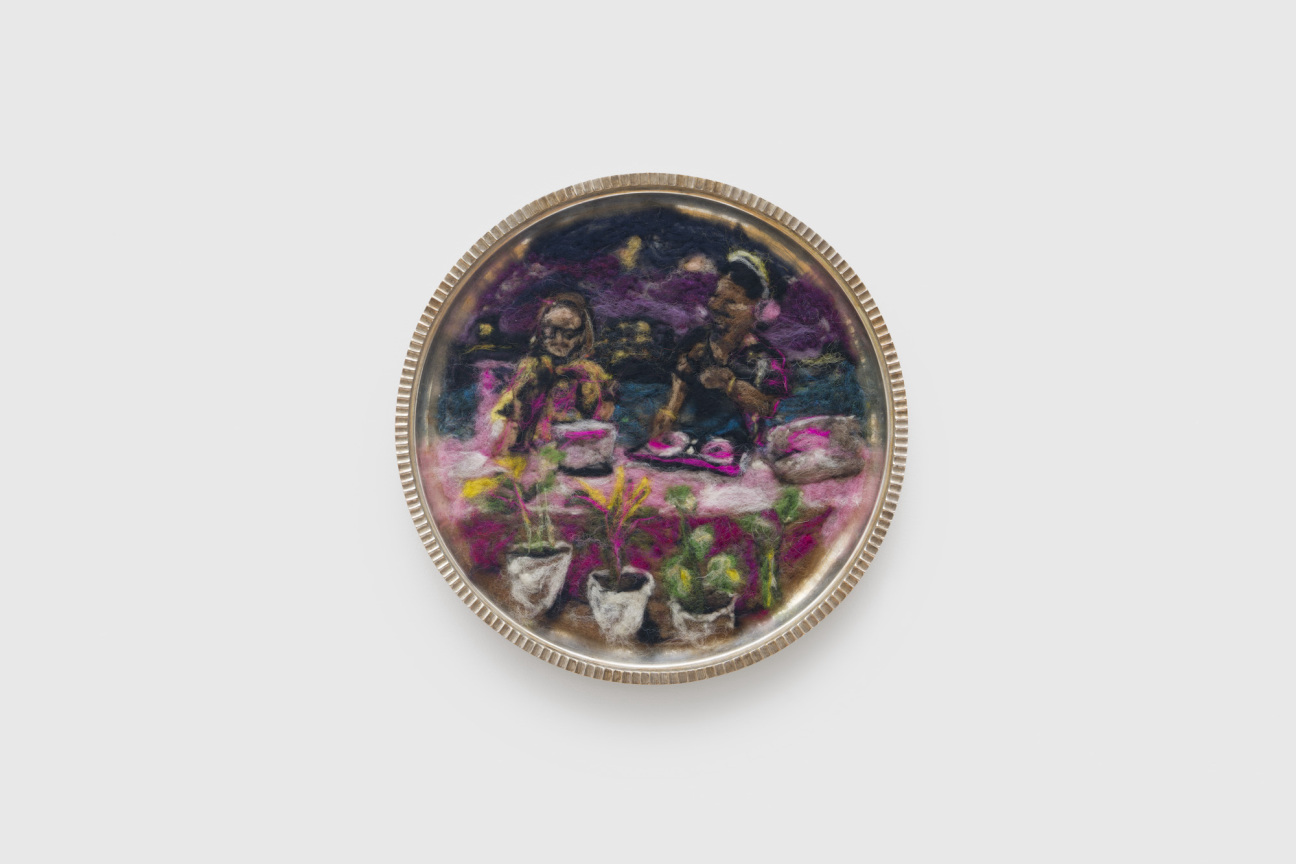
You describe your felting practice as being “in conversation with painting.” What do you mean by that?
People will look at my work and think it's a painting…then they get up close and realize it's not. But, to me, it’s not NOT a painting. I am using textiles but through a painter’s language—making painterly marks, referencing art-historical works, and thinking like a painter. It asks people to think harder about what a painting is. That’s what I want to do.
I’ve heard you describe yourself as being made not of two halves, but two wholes, in regard to your mixed Indian and Irish heritage. How do you think about the act of self-definition?
I give credit to Jassa Ahluwalia, a British-Indian actor and writer, for this paradigm-shifting language. The truth is there was a lot of tension on both sides of the family about my parents’ union, and I think it’s important to vocalize that. In my work, I don’t want to fabricate scenes that never happened, at least so far, so I am not making these images with both sides of my family coexisting in a fictional utopia.

You use a multitude of materials in your work—ceramic, felt, paper, and found objects. How does your material process connect to memory?
I used to use archival family photos and slides for reference, but that practice is shifting. More often I am using photos I take myself now—quiet moments regarding the human condition. I have always collected heavy metal rusted things. I grew up in a rural factory town, so I think found objects, which carry traces of the hands they’ve passed through, appeal to my material memory. I also dissociate often, and these old, heavy objects are grounding.
Let’s speak about a specific work in your upcoming exhibition. Walk us through the process of creating What Chair?, a needle-felted composition of a girl lying on the ground with a chair on top of her body.
This exhibition, like all, began with my personal photo archive and a lengthy selection process. As I started to choose images, I noticed the theme of furniture kept coming up. When I notice a trend, it is my cue to stop and reflect on its meaning.
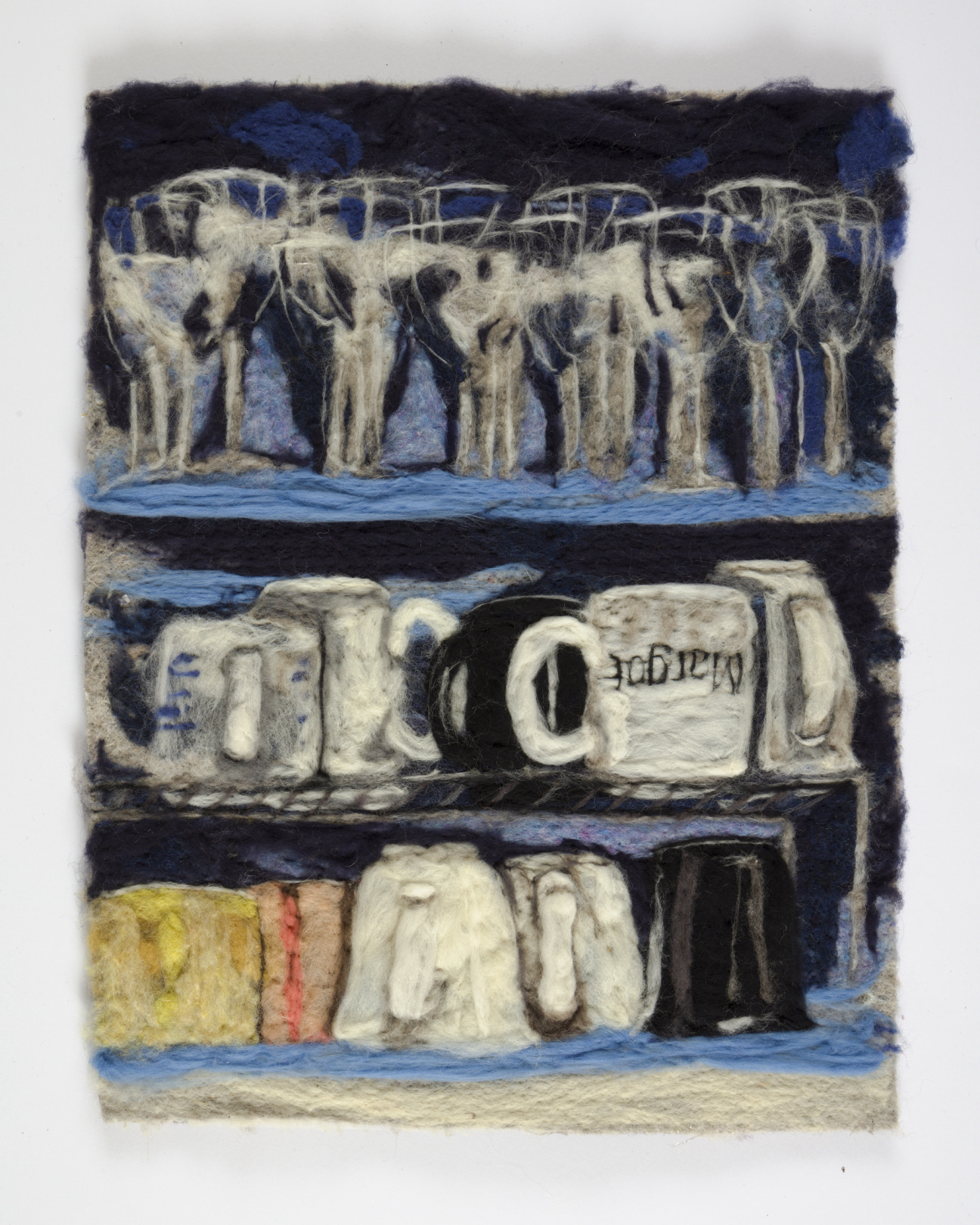
Furniture, even when it’s not in use, exists in relation to people. They’re “contact zones”—places where we come together to rest, to gather. I realized furniture is a way to talk about edges or boundaries. In this work, my niece has taken the chair, fully understanding its purpose, and decided to use it for something else. She's refusing to accept preconceived notions of "chairness” per se. She's still using it as a boundary, but she's setting the terms. It's such a beautiful metaphor for how I wish systems and structures could be challenged in a non-violent way.
Your niece comes up quite a lot in your work.
I think I make all my work for her. I wish her a life free of the shame, self-consciousness, racism/colorism, and misogyny that I internalized at her age. These works are intended to encourage that freedom.
“Irish Exit” is on view from October 19 through November 22, 2023 at Margot Samel Gallery in New York.






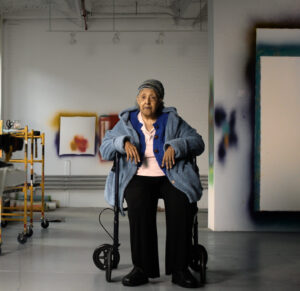



 in your life?
in your life?

